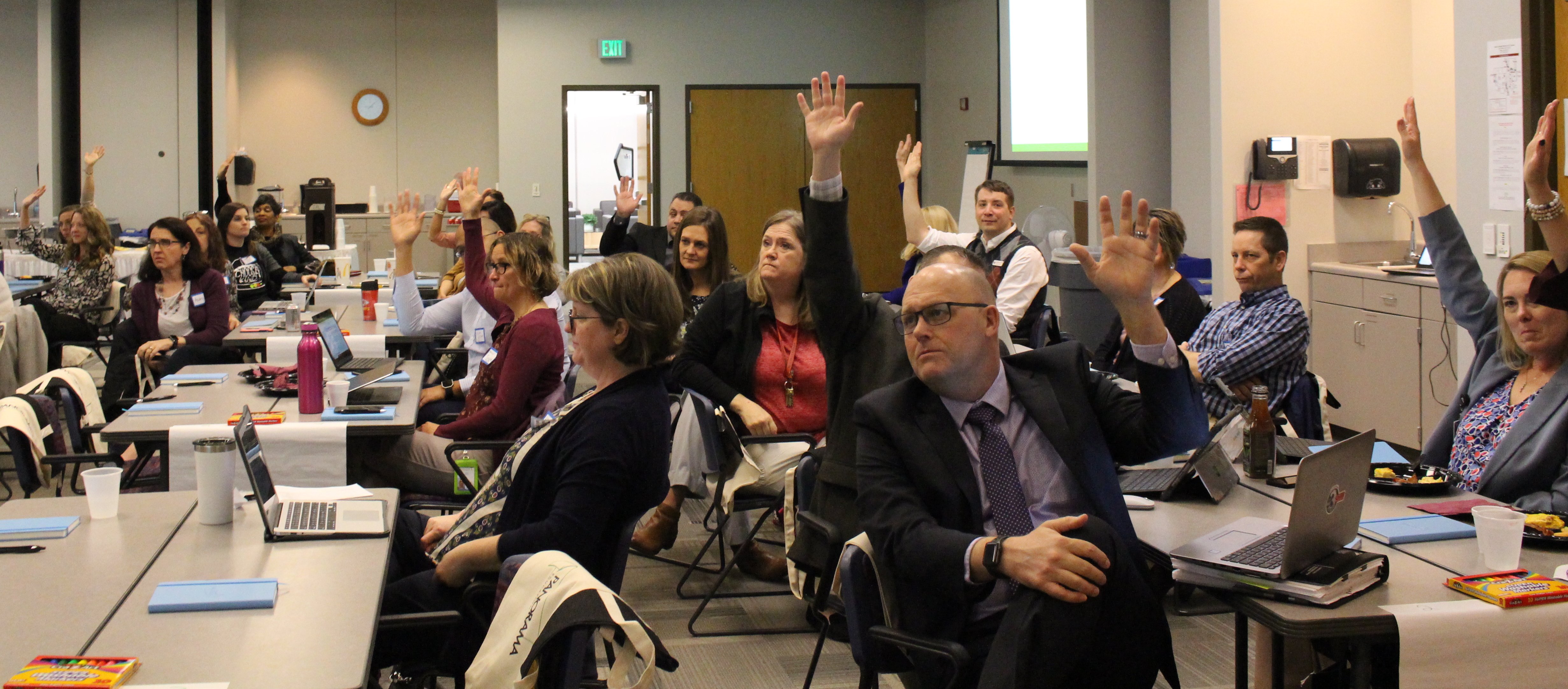A growing number of schools and districts are prioritizing tiered frameworks—like multi-tiered system of supports (MTSS) and response to intervention (RTI)—to ensure that educators are using data-driven practices to support students across academics, behavior, and life skills.
That's why, this summer, we hosted a series of district-leader meetups in Boston, Chicago, Dallas, and Phoenix about how to bring MTSS to life. A total of 125 school and district leaders from 55 districts attended the meetups to share their successes and challenges, as well as collaborate on strategies around MTSS and learning skills.
Here are our top three takeaways and learnings from the meetups.
1. District leaders must invest in MTSS intervention tracking tools and data transparency.
In a 2019 national survey on the state of MTSS in education, Panorama uncovered a startling trend: while 80 percent of educators agree that progress monitoring is important, only 30 percent say they are tracking interventions effectively today.
Liz Homan, assistant superintendent for curriculum and instruction at Waltham Public Schools (MA), shared how Waltham has addressed this challenge by investing in data transparency.
“My conviction is that data transparency transforms practices, because you can monitor the impact of an intervention much more quickly if people have access to that data,” Homan said. “But you have to have a practice embedded for staff so they can do that, or it’s not going to work.”
For example, at Waltham’s McDevitt Middle School, a strong data system combined with strong “human processes” have ensured that staff are proactively identifying at-risk students using data, tracking interventions in one place, and implementing interventions with fidelity.
Download our Early Warning System Toolkit to access the meeting agenda and intervention menu used at McDevitt Middle School.
2. Every child deserves a champion—and districts must create the structures and supports to make that happen.
At the Dallas meetup, leaders from Denton Independent School District (TX)—including Dr. Daniel Lopez, area superintendent, and Amy Lawrence, director of counseling and social work—spoke about how they’ve embedded student support practices into the fabric of every school.
Denton ISD has made several updates to school practices, including:
- Building time into master schedules for restorative practices
- Creating a more welcoming environment for students and families, such as introducing “reentry circles” to celebrate students who are rejoining a school community
- Removing all possible blockers and obstacles for teachers so they can focus on student supports
Districts at the Chicago meetup also discussed ways to ensure that each and every child feels safe and supported at school. For example, assistant superintendent for teaching and learning Greg Wolcott shared how life skills fits into the support practices at Woodridge School District 68. Attendees participated in a goal-setting model called WOOP, shared monthly life skills calendars, and reviewed support strategies such as read-alouds, EFT tapping, body scan meditation, and yoga.
3. Staff readiness, buy in, and professional development are critical components of implementing any new initiative.
The conversation in Phoenix drove home the importance of staff buy-in and professional development. Leaders from Simi Valley Unified School District (CA)—including Hani Youssef, assistant superintendent of education services, and Jamie Snodgrass, coordinator of curriculum and assessment—shared how they focused on staff readiness in their MTSS and life skills.
When incorporating life skills into their student support system, for example, Simi Valley anticipated the areas that might receive pushback (such as teacher bandwidth and support). To solve for this, they provided clear timelines, resources, and supports to help schools throughout the entire implementation process. You can access Simi Valley’s district support guide here.
“It was really important that this wasn’t a one-and-done,” Snodgrass said. “We needed to continue support throughout the year. If we didn’t provide our schools with ongoing support, it would likely fall by the wayside.”




.png)

![3 Strategies for Building Effective Student Support Teams [+ Templates]](https://www.panoramaed.com/hubfs/IMG_3959.jpg)
